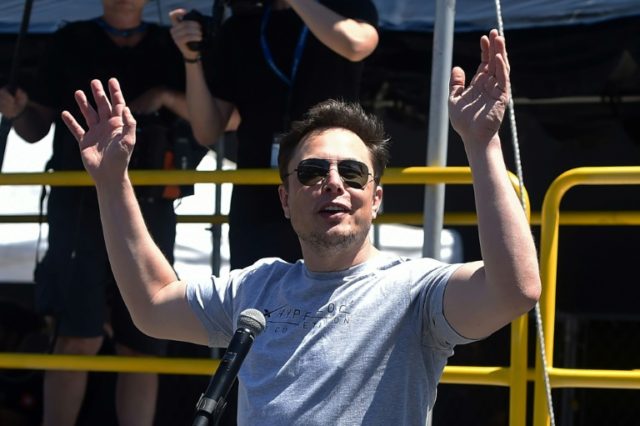The National Transportation Safety Board (NTSB) has found that Tesla’s Autopilot feature played a major factor in a Model S car crash in 2018 in which the Tesla, with autopilot engaged, crashed into a stationary fire truck.
Reuters reports that an investigation by the National Transportation Safety Board (NTSB) has found that driver errors and Tesla’s Autopilot design are the probable causes of a crash in January 2018 when a Model S vehicle collided with a fire truck in California. The NTSB criticized Tesla’s Autopilot system following a fatal crash in 2016 in Florida saying that the system’s design “permitted the driver to disengage from the driving task.”
In the latest 2018 crash, the NTSB claims that the Autopilot system allowed the driver to keep his hands off the wheel for most of the 14-minute trip leading up to the crash. The driver was uninjured in the crash and the fire truck was unoccupied but the NTSB stated that the driver’s “inattention and overreliance” on the Autopilot system were a large factor in the crash.
The Center For Auto Safety, which has previously called for investigations into Tesla’s “deceptive” autopilot claims, published a press release discussing the issues with Tesla’s autopilot system stating:
Today, NTSB has again highlighted the design flaw in Tesla’s technology – a flaw which allows driver disengagement. Last month, the Center for Auto Safety again highlighted for the Federal Trade Commission, Tesla’s deceptive use of the term AutoPilot which encourages exactly the sort of overreliance seen in this crash. AutoPilot has already resulted in avoidable deaths, injuries, and crashes, yet NTSB’s previous recommendations to NHTSA were met with silence, and the FTC has yet to act.
There are solutions to these problems. DOT and NHTSA should follow NTSB’s advice on these types of automated systems and ensure they have safeguards for the safety of everyone on the road. This vehicle was clearly lacking in such safeguards. The time to allow an unregulated, unsafe experiment on our roads is over – NHTSA needs to do its job by issuing rules and removing unsafe vehicles from the road until they can meet minimum performance standards.
Put simply, a vehicle that enables a driver to not pay attention, or fall asleep, while accelerating into a parked fire truck is defective and dangerous. Any company that encourages such behavior should be held responsible, and any agency that fails to act bears equal responsibility for the next fatal incident.
Tesla said in a statement that since the 2018 crash: “We have made updates to our system including adjusting the time intervals between hands-on warnings and the conditions under which they’re activated.” The company added that Tesla owners have driven billions of miles with Autopilot and that the company’s data “indicates that drivers using Autopilot remain safer than those operating without assistance.”
The NTSB asked six automakers that use advanced driver assistance systems, Tesla, Volkswagen AG, BMW AG, Nissan Motor Co, Daimler AG, and Volvo Car to “develop applications to more effectively sense the driver’s level of engagement and alert the driver when engagement is lacking while automated vehicle control systems are in use.”
The NTSB noted that: “All manufacturers except Tesla have responded to the NTSB explaining their current systems and their efforts to reduce misuse and keep drivers engaged.”
Lucas Nolan is a reporter for Breitbart News covering issues of free speech and online censorship. Follow him on Twitter @LucasNolan or email him at lnolan@breitbart.com

COMMENTS
Please let us know if you're having issues with commenting.